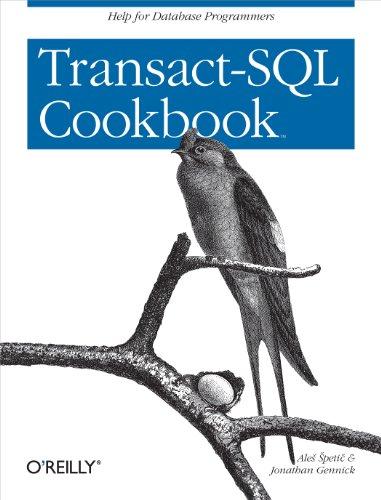Answered step by step
Verified Expert Solution
Question
1 Approved Answer
Case Scenario Data packet generated from an email typed by Alice is to be sent to Bob on a Packet Switched Network with two intermediary
Case Scenario
Data packet generated from an email typed by Alice is to be sent to Bob on a Packet Switched Network with two
intermediary nodes and The original size of the packet is Bytes. The packet header size is Bytes. Scenario a
b c and d depict network situations in which the data packet has been either fragmented or not fragmented.
Let A denote Alices computer and let B denote Bobs computer.
Let node and node be intermediary network devices between A and B
Let the hoptohop Network Bandwidth be Byte per second Bps
Assume that the propagation delay and switching time are negligible ie no delay
Assume that processing time at all nodes are equal.
Assume that packets are fragmented into equal sizes
Scenario a: shows that the original packet to be transmitted has not been fragmented.
In scenario a the data packet that is sent from A to B is unfragmented. Total size of a transmitted data packet Bytes packet Bytes header Bytes
Hop to hop Network bandwidth is Bps so the time it will take to transmit the email from hop to hop is seconds. Now, the total transmission time from A to B seconds from A to node seconds from node to node
seconds from node to B This means that:
Bytes is transmitted in seconds from Anode
Bytes is transmitted in seconds from node node
Bytes is transmitted in seconds from node B
So the transmission from A to B takes a total of x seconds.
Therefore, the network will use seconds if email data packet is unfragmented.
Scenario b: shows that the original packet to be transmitted has been fragmented into equal sizes.
In scenario b the data packet that is sent from A to B is fragmented into equal sizes.
Total size of a transmitted data packet Bytes packet Bytes header Bytes
Hop to hop Network bandwidth is Bps
Scenario c: shows that the original packet to be transmitted has been fragmented into equal sizes.
Scenario d: shows that the original packet to be transmitted has been fragmented into equal sizes.
Questions:
Find the endtoend transmission time of the email data packet from Alices computer to Bobs computer if the networks operation is based on scenario c and d
Use your observation of all these scenarios to explain why or whether these statements are true or not.
a If bandwidth is higher, the transmission time will be less.
b If the packet size increases, the transmission time will also increase.
Use your observation of all these scenarios to explain why or whether these statements are true or not.
a Fragmenting data packets decreases transmission time?
b If fragmented data packet gets too small, transmission time begins to increase.
Step by Step Solution
There are 3 Steps involved in it
Step: 1

Get Instant Access to Expert-Tailored Solutions
See step-by-step solutions with expert insights and AI powered tools for academic success
Step: 2

Step: 3

Ace Your Homework with AI
Get the answers you need in no time with our AI-driven, step-by-step assistance
Get Started


